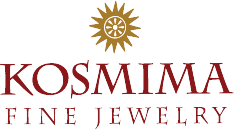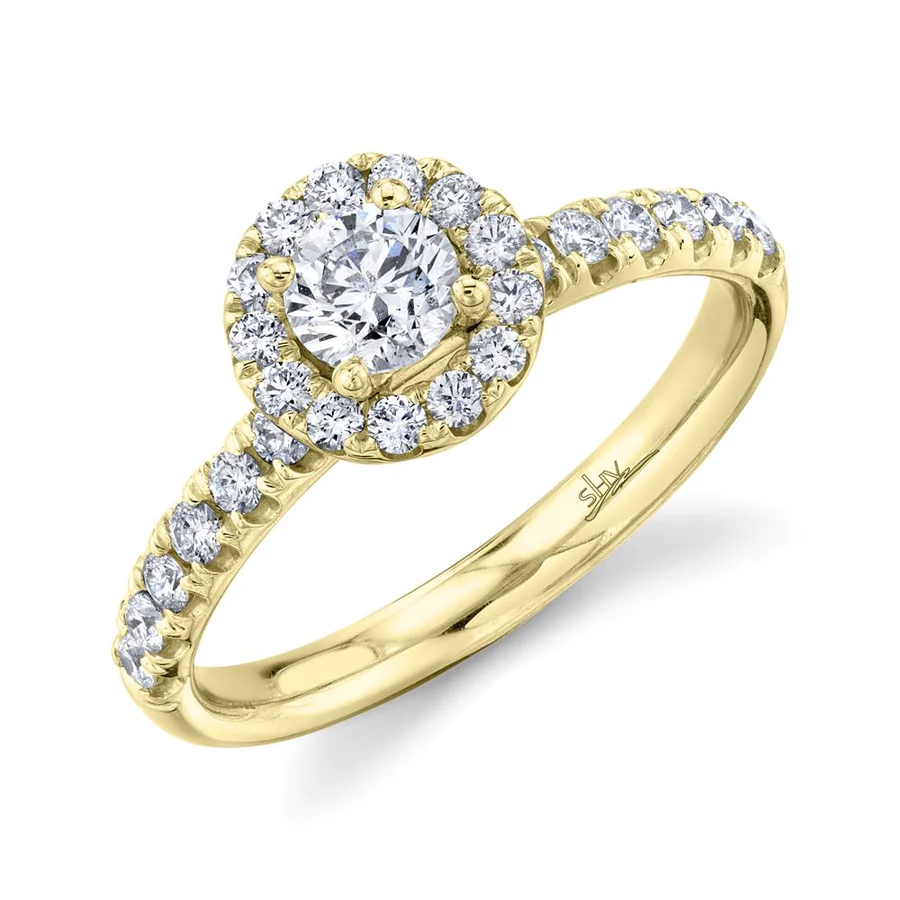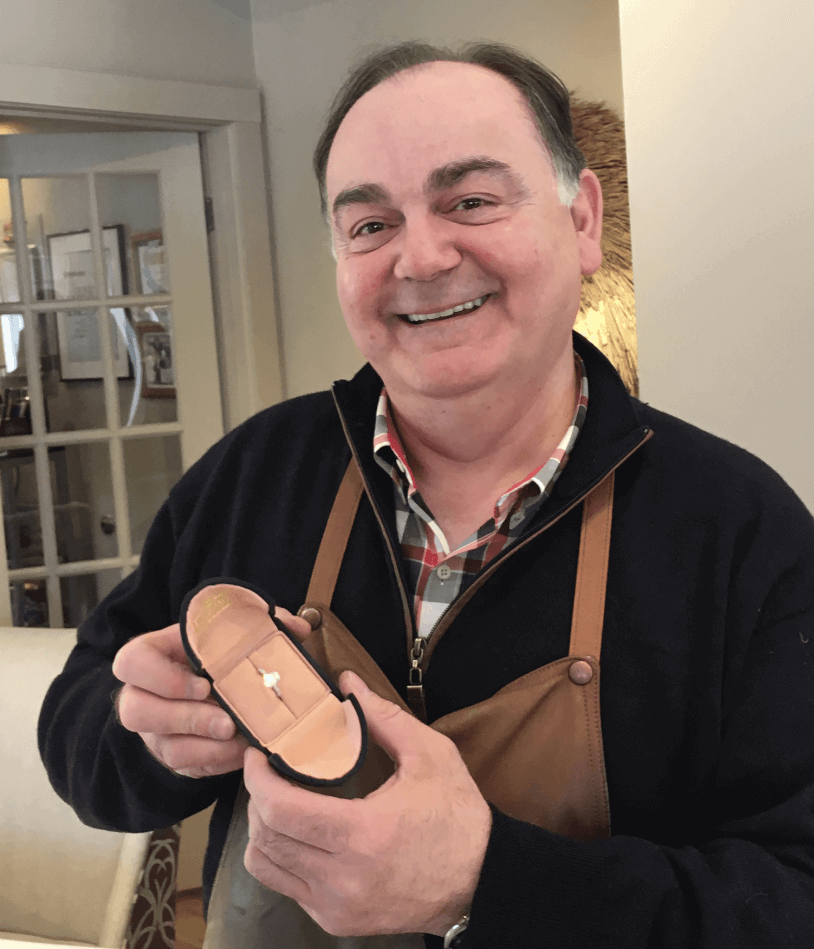DIAMOND EDUCATION
Understanding Diamond Carat: A Guide


When it comes to the fascinating world of diamonds, the more knowledge you have at your fingertips, the better. The famous 4 Cs of diamonds is a great place to begin this quest for knowledge, with the Cs being: color, clarity, cut, and carat. Each of the Cs plays a valuable role in determining the value and overall aesthetic of a given diamond.
In this article, we’ll dive into the topic of the 4th C, carat weight. Carat is often the first thing that comes to mind when shoppers look at diamonds, but how important is it really, and what does it mean for the value and attractiveness of your stone? We’ll be answering these questions and more below.
What is carat weight and why is it important?


A carat is the unit of weight used to measure the weight of a diamond. It’s important to note here, that the carat is not a measurement of size. One carat is equivalent to 200 milligrams or 0.2 grams.
The word “carat” originates from the Greek word for carob. In the ancient Middle East, merchants used carob seeds as a consistent way to measure the weight of gemstones. The seeds were uniform in size and weight, which made them perfect for trade purposes. Because of this consistency, they were a reliable standard used to determine the approximate weight of gemstones.
Gemstones used to be evaluated in different ways depending on what country they were in, and there were different standards used by different countries. Today, however, the carat is recognized worldwide as a standard measurement for the weight of precious stones.
Carat weight vs. Diamond size
Carat weight does influence a diamond’s size. However, it’s important to bear in mind a diamond’s carat weight isn’t always proportional to the stone’s perceived size – the shape and cut of a diamond can also play a huge role in how large or small it appears to the naked eye.


Carat weight does influence a diamond’s size. However, it’s important to bear in mind a diamond’s carat weight isn’t always proportional to the stone’s perceived size – the shape and cut of a diamond can also play a huge role in how large or small it appears to the naked eye.
For example, a well-cut diamond with a shallower depth can appear to be larger than a deeper-cut diamond of the same carat weight. This is because a greater proportion of the diamond’s weight is distributed among its front-facing facet, rather than hiding along its depth.
Furthermore, certain diamond shapes (such as oval or marquise) can appear to be larger for their carat weight when compared to more compact shapes like rounds or brilliants. By being strategic with these characteristics, diamond cutters can maximize the perceived size of a diamond whilst maintaining its carat weight.
How does carat weight relate to a diamond’s value?
As carat weight goes up, so does the price of the diamond, but not in the linear way that you might think.
For example, a 2.0 ct diamond is typically more than twice as expensive as a 1.0 ct diamond, given that all other factors remain constant. The reason? It’s a lot tougher to find a large enough raw material to make a finished 2.0 ct diamond than it is for a 1.0 ct diamond. That’s why as the carat number increases, there are bigger jumps in price.
Scarcity factors aside, basic supply and demand play a role in diamond prices, too. Some carat sizes are just more popular, which means they’re more expensive.
As an example, if you’re looking for 1. 1.5, or 2 carat diamonds, these prices can be quite high since they’re popular numbers. Buying just shy of these carat weights can mean saving a significant amount of money, since a lot of the time they are less in demand – more people want a 1.0 ct stone rather than a 0.9 carat stone, simply because it’s “1.0 carat”.
By going 0.10cts lower than the most popular carat weights, you can save on the purchase price, while having a stone that’s visually almost identical in size.
This all being said, it’s important to remember – just because a diamond has a bigger carat weight, doesn’t mean it is necessarily a more valuable or better looking diamond. It’s crucial to remember that carat is just one factor used when assessing diamonds. Instead of focusing just on the carat, your decision should be based on a combination of the 4 Cs – cut, clarity, color included. When choosing your stone, it’s best to focus on the quality that’s most important to you personally, then you can work on balancing the remaining three qualities as you wish.
What is “total carat weight”?
We’ve talked about how a carat is the measurement of a single diamond’s weight. Total carat weight is slightly different. It refers to the total weight of all stones set on a piece of jewelry. Along with rings, most jewelry sets or jewelry that’s sold in pairs are typically sold with the total carat weight on display. Total carat weight Is often abbreviated to TCW.
Besides “TCW”, you might have also heard of the term “points”. Since the world of jewelry deals with small weights, jewelers have devised another system to break down carats into even smaller increments, hence why we have points. 100 points is equal to 1 carat, and 1 point is equal to 0.01 carat.
Using this points system allows one to describe the weight of a stone in more precise measurements.
Conclusion
In conclusion, understanding carat weight is crucial when looking into the world of diamonds, but it’s just part of the whole picture.
As we’ve seen, the carat tells us about a diamond’s weight, which does play a big role in its price and size. However, as discussed, a diamond’s true beauty and value come from a mix of factors, including the cut, clarity, and color, alongside its carat weight. It’s like putting together a puzzle where each piece matters.
This means when you’re out there looking for that perfect stone, it’s not just about chasing the biggest carat or the most impressive rock. It’s about finding a diamond that feels right for you, one that fits your style, budget, and what you find most important. Maybe that’s going for a diamond with the best cut, or perhaps one with the clearest color. It’s all about balance and finding that sweet spot that meets your needs.
So, remember, the journey to finding your ideal diamond doesn’t have to be overwhelming. If you’re in the market for a diamond piece or a loose stone, we invite you to our showroom in Chestnut Hill. Our team is armed with over 30 years of knowledge and insight into the diamond industry, so you can be sure we can help you find the perfect diamond for your next piece. Come and see why we’ve been the favorite jewelers of Bostonians for over 3 decades.




